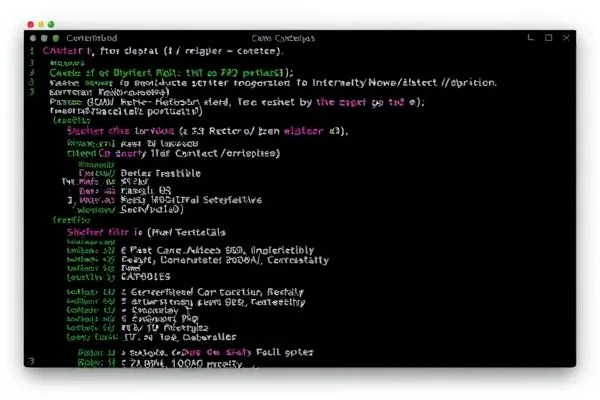Cryptojacking has escalated as a significant threat to unprotected database systems. Recently, over 1,500 PostgreSQL instances have been compromised in a far-reaching campaign that highlights vulnerabilities in configurations and credential management. This blog post will explore the intricate details of this alarming trend, the methods employed by cybercriminals, and preventative measures to safeguard your databases.
Key Takeaways:
– ✅ Over 1,500 PostgreSQL instances have been exploited, emphasizing prevalent security gaps.
– ✅ Threat actors are evolving their tactics, utilizing fileless techniques to evade detection.
– ✅ Misconfigured databases serve as prime targets for opportunistic attacks.
– ✅ Awareness and implementation of strong credential practices are critical for defense.
Cloud security firm Wiz recently reported that exposed PostgreSQL instances have become the target of a nefarious cryptocurrency mining campaign. This campaign is associated with a threat actor known as JINX-0126, which has morphed its methods since being first highlighted by Aqua Security in August 2024 through the use of malware called PG_MEM. The persistence and adaptability of this threat actor demonstrate the importance of continuous monitoring and updating of security practices.
Initial access techniques for the attackers include exploiting weak usernames and passwords of poorly configured PostgreSQL instances. The attackers leverage the COPY … FROM PROGRAM SQL command to execute arbitrary shell commands, which allows them to drop malicious payloads with alarming ease. A notable tactic includes deploying a Base64-encoded script that not only eliminates competing cryptocurrency miners installed on the system but also establishes new, persistent access through created roles and scheduled tasks.
To maintain their foothold, the attackers utilize a Golang binary dubbed ‘postmaster’ to mimic the genuine PostgreSQL process. This obfuscation creates a façade of legitimacy, making detection challenging for traditional security solutions. Additionally, the installation of CPU-hungry scripts that mine cryptocurrency quietly in the background further emphasizes the evolving nature of this threat.
The implications of such infections are dire, as they not only exploit system resources without consent but also leave networks vulnerable to additional compromises. Organizations must prioritize robust security practices such as implementing strong passwords, auditing database configurations regularly, and employing cloud workload protection technologies that detect fileless attacks. Thorough employee training regarding security hygiene can also help mitigate human error that places databases at risk.
FAQs:
– What is Cryptojacking?
Cryptojacking refers to the unauthorized use of someone else’s computer resources to mine cryptocurrency.
– How can organizations protect PostgreSQL servers?
Enforce complex passwords, restrict public access, and utilize firewalls.
– What are the signs of a compromised PostgreSQL server?
Indicators include unusual performance patterns, abnormal processes, and unauthorized user access attempts.
– Why is securing cloud databases vital?
Cloud databases are often targeted due to configuration errors, leading to data breaches and operational risks.









